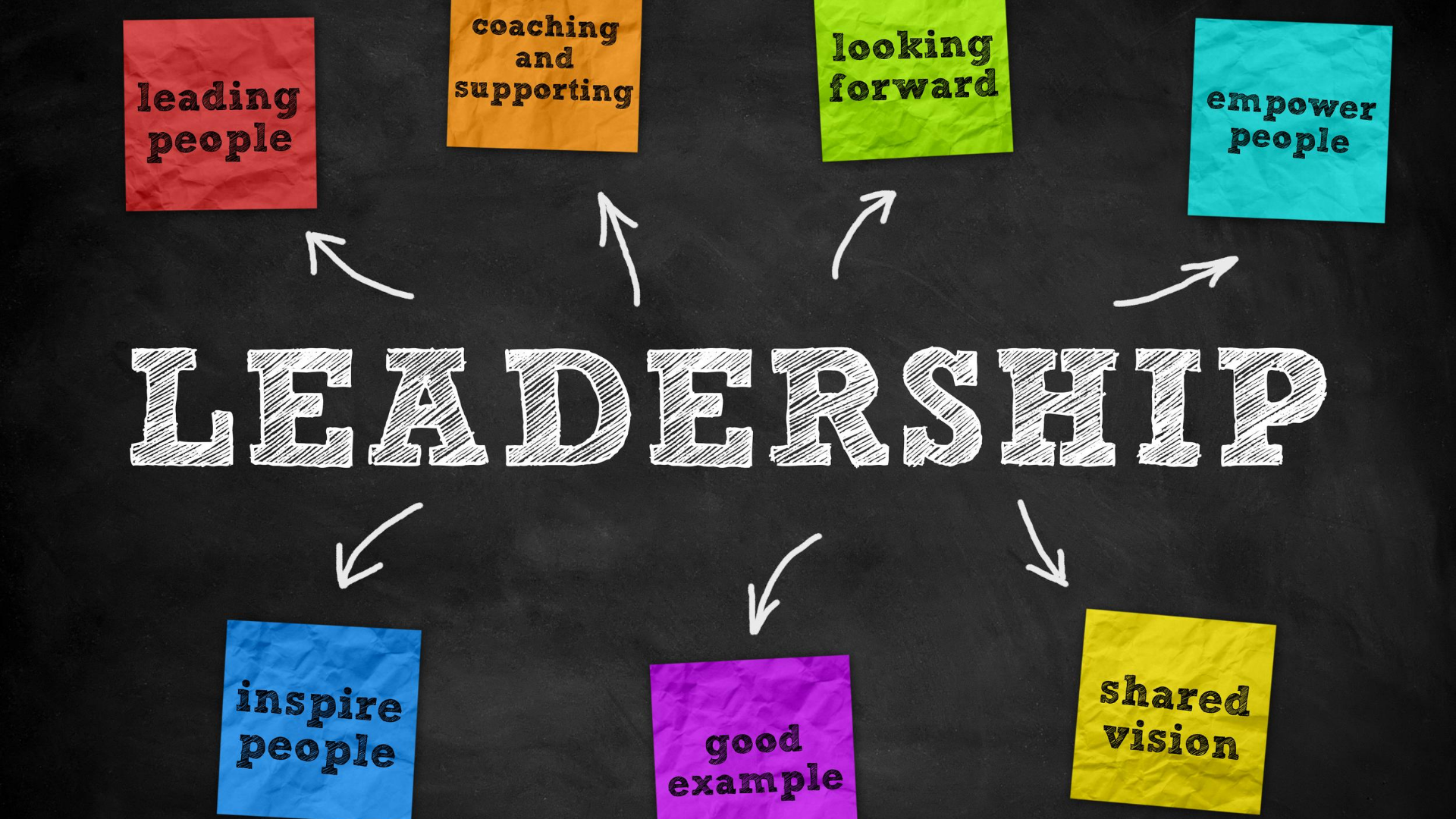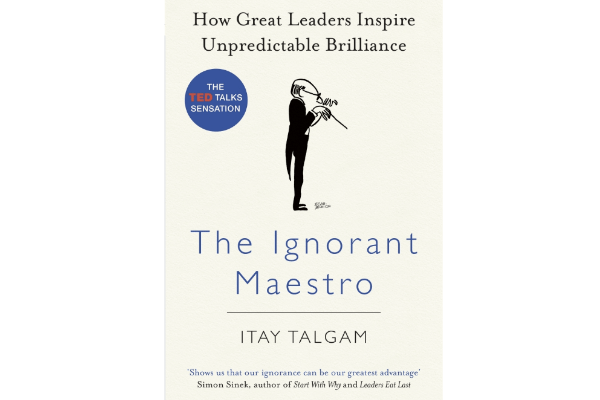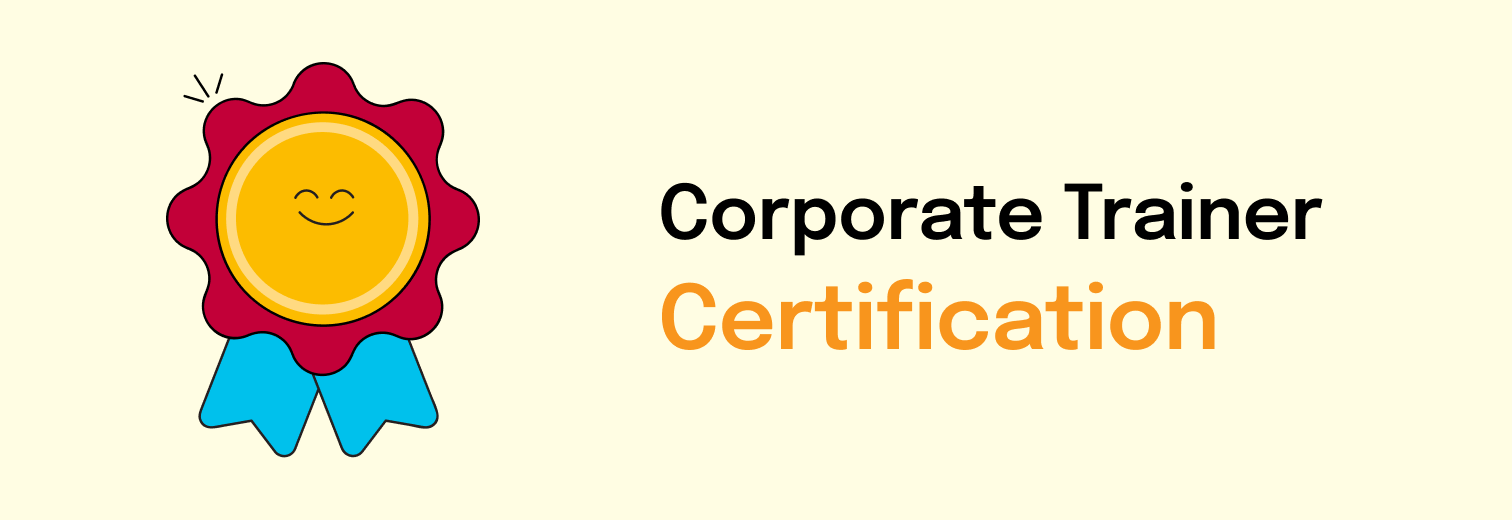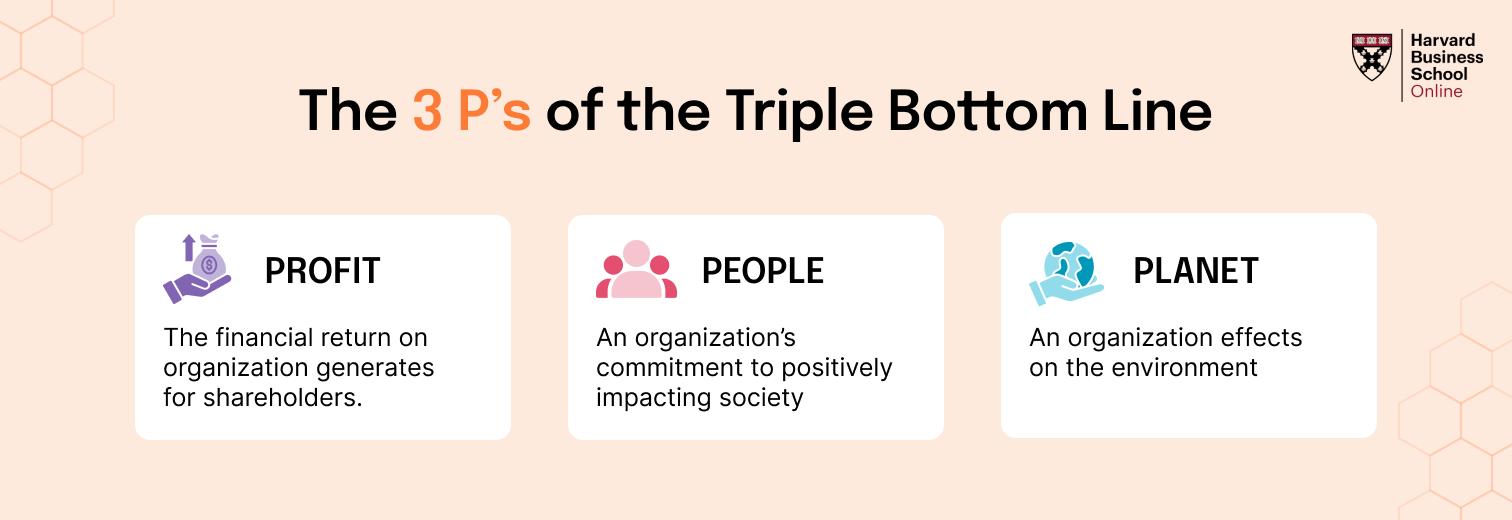Leadership, like everything else in our world, has evolved dramatically over the past few years. The disruptions caused by the pandemic may have been the trigger, but the transformation of leadership competencies has been long overdue.
In our experience, organizations that have been able to thrive in uncertain, complex, and dynamic environments have had one thing in common: leaders who embrace a human-centered, emotionally intelligent, and agile leadership approach. And at the heart of this shift lies a simple yet powerful framework that we at FocusU often find ourselves revisiting in conversations with clients and teams — the CARE Leadership Framework.
Let’s unpack what CARE stands for — and why each element is more relevant now than ever.
C – Connectedness: Building Trust Beyond Proximity
Table of Contents
What does it mean to be truly connected as a team — especially in a hybrid or distributed workplace?
For most of us, connection used to happen organically in the workplace. A chat at the coffee machine. A quick hallway conversation. Eye contact during meetings. But in today’s remote-first or hybrid work environments, leaders need to be intentional about fostering connectedness.
In our work with leadership teams across industries, we have noticed that connection is not about constant communication; it’s about meaningful communication.
Connectedness today is about:
- Creating psychological safety where team members feel heard and valued.
- Showing genuine curiosity about team members’ lives.
- Encouraging cross-functional collaboration and informal interactions.
- Celebrating wins (big and small), acknowledging effort, and saying “thank you.”
One way we’ve seen this play out is through virtual team building exercises that open up space for vulnerability and laughter. And yes — even in serious business environments, fun is a leadership tool.
Ask yourself: Does my team feel connected — to me and to each other?
A – Agility: Thriving Amid Uncertainty
“Agility” might be one of the most overused corporate buzzwords. But its essence lies in something simple: a mindset that embraces change instead of resisting it.
Agile leaders don’t wait for all the data to act. They make informed bets, learn fast, and adapt. In our experience facilitating business strategy sessions and leadership offsites, we’ve noticed that the most respected leaders in the room are the ones who ask questions like:
- “What do we need to do differently now?”
- “What has changed for our customer?”
- “What if we tried something new?”
Agility is not about speed for the sake of speed. It’s about responsiveness. It’s about engaging with ambiguity and leading through it — not despite it.
And importantly, agile leadership doesn’t mean always having the answers. It means creating the environment where the best answers can emerge.
Tip: Use “agile meeting facilitation techniques” to run faster retros, decision-making sprints, and alignment check-ins.
R – Resilience: Bouncing Back, Bouncing Forward
We often think of resilience as an individual trait. But leadership resilience is also about modeling and cultivating collective resilience in your teams.
What does that look like?
- Acknowledging setbacks openly.
- Reframing challenges as learning moments.
- Encouraging peer support systems.
- Practicing emotional regulation under pressure.
- Reinforcing a sense of purpose.
In our resilience workshops and learning programs, we emphasize that resilience isn’t about being unshakeable. It’s about bouncing forward. And much of that comes from shifting narratives — from “Why is this happening to us?” to “What can we learn from this?”
One exercise we recommend: Invite your team to reflect on a past challenge and identify what strengths helped them get through it. This not only boosts self-awareness but also strengthens team belief in their ability to handle future obstacles.
In our experience, teams that reflect together bounce back faster together.
E – Empathy: The Superpower of Modern Leadership
If there’s one leadership competency that has moved from “nice to have” to “must-have,” it’s empathy.
Empathy is not about being soft. It’s about being human. And in our workshops with senior leaders, this is often the most difficult — and transformational — shift to make.
Empathy in leadership shows up as:
- Asking, “How are you really doing?”
- Making space for people to share their lived realities.
- Flexibility when someone is going through a personal challenge.
- Listening more than speaking.
In our experience facilitating leadership training for new managers, we have noticed that this is a skill that requires practice — especially for leaders who have been trained in directive, results-oriented leadership styles.
The most powerful shift we’ve seen is when leaders go from “performing empathy” to actually embedding it into daily leadership behaviors — in 1:1s, in meetings, in performance reviews, and even in crisis communication.
Bringing It Together: CARE in Action
CARE is not a one-time checklist. It’s a leadership mindset — one that is deeply aligned with the changing world of work.
Let’s recap:
| Element | Key Question to Ask |
|---|---|
| Connectedness | Do people feel safe and seen here? |
| Agility | Are we responsive and adaptable? |
| Resilience | Are we learning from our challenges? |
| Empathy | Are we leading with humanity and heart? |
In our leadership development programs, we’ve seen how using CARE as a north star has helped:
- Improve leadership communication.
- Encourage collaboration across departments.
- Strengthen employee engagement and trust.
- Foster a growth mindset at every level.
A Takeaway for HR and L&D Leaders
As organizations look to the future of leadership, the CARE framework offers a blueprint for what great leaders look like in today’s world.
If you’re designing a leadership development journey, ask yourself:
- Are we building connectedness within and across teams?
- Are we encouraging agility — not just in tools but in mindset?
- Are we giving leaders the tools to cultivate resilience (in themselves and their teams)?
- Are we normalizing empathy in the workplace?
You don’t need a global crisis to activate CARE. In fact, its value lies in embedding it into the everyday moments of leadership — check-ins, reviews, planning meetings, and coaching conversations.
Because in the end, leaders who CARE, lead better.










